
BOOK


CHECK RATES AND AVAILABILITY
Your island escape, just a few clicks away.
Check in | Check out
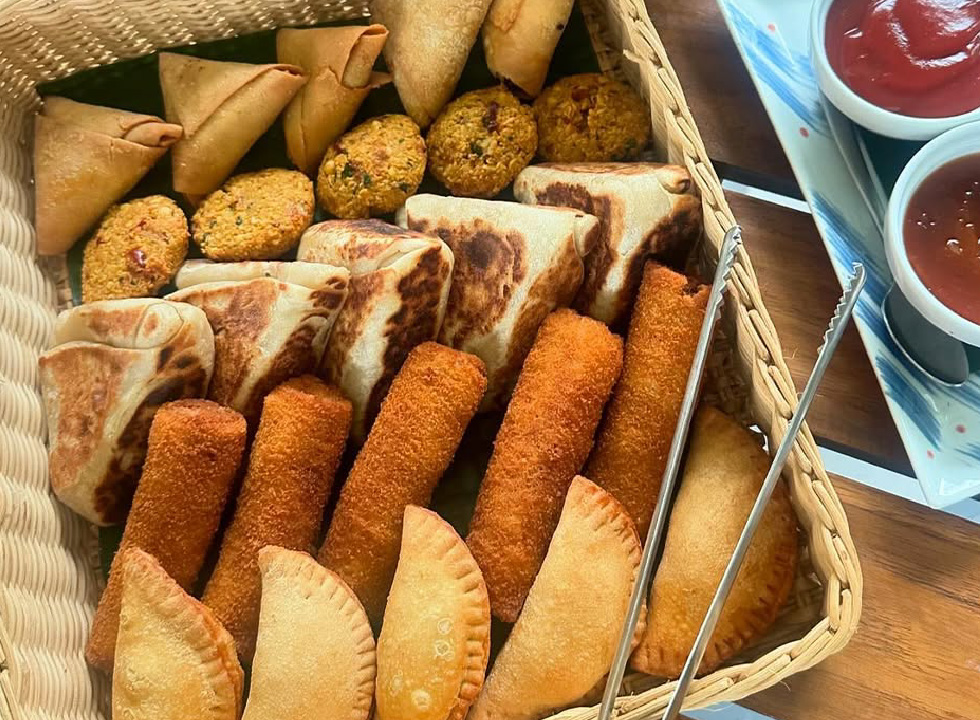
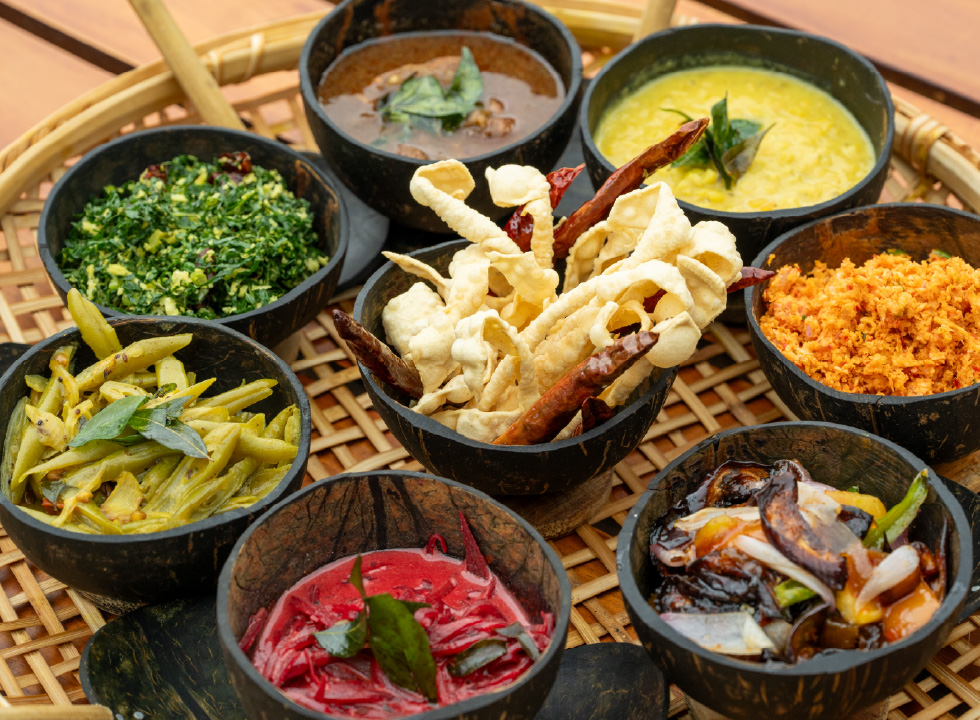
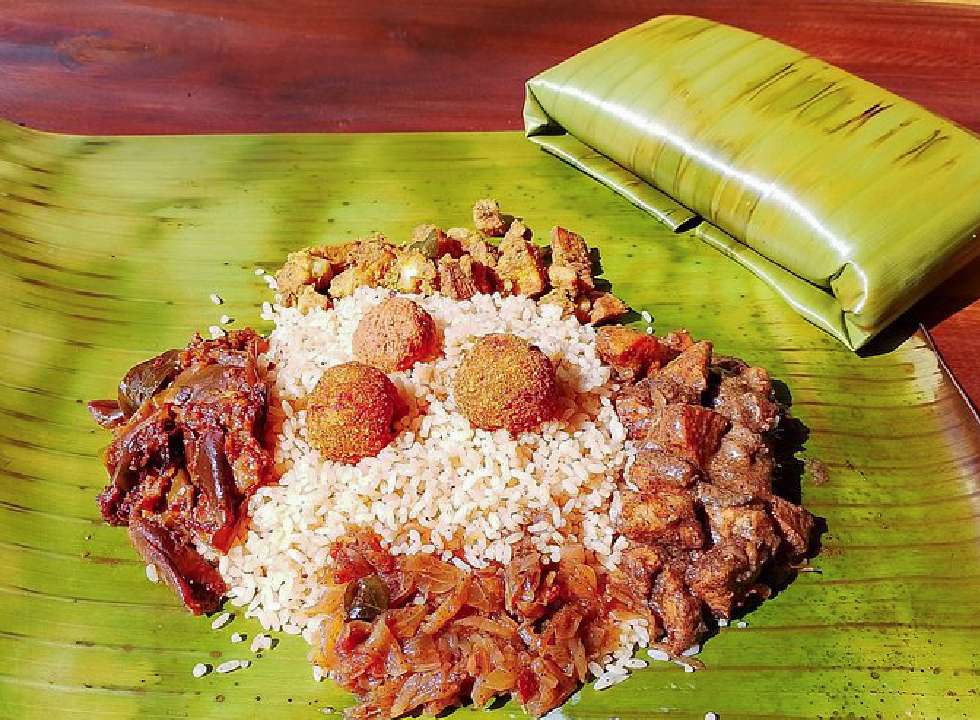
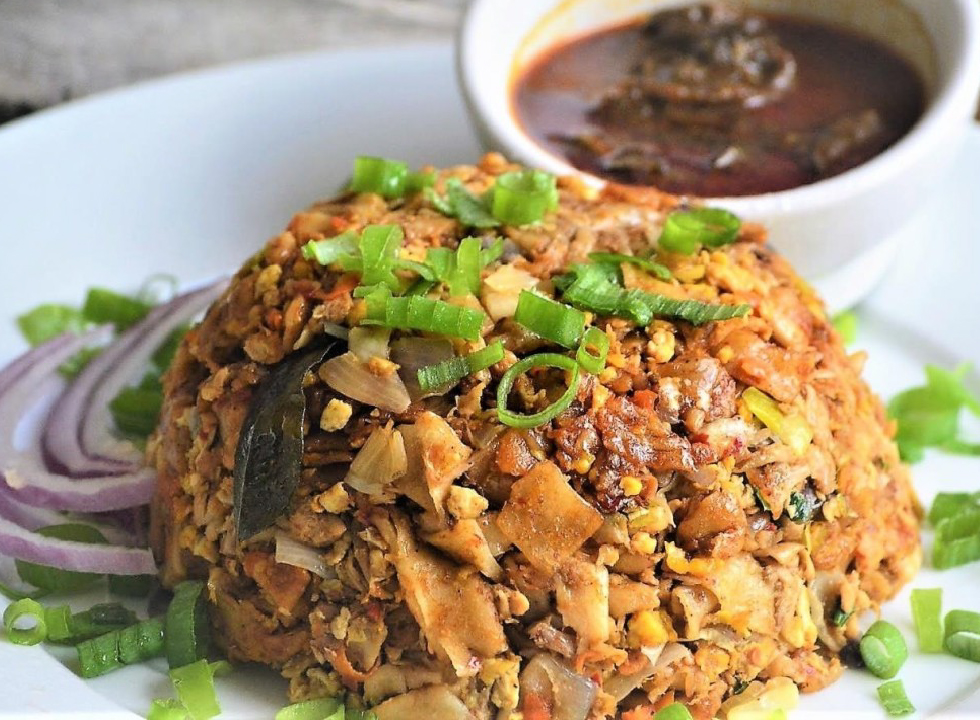
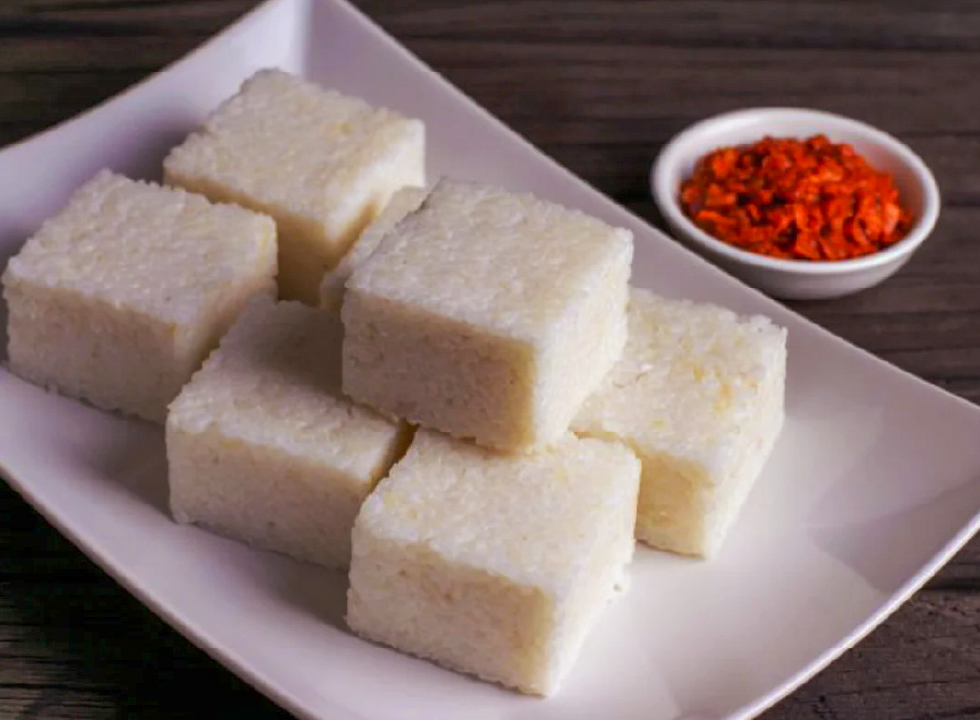
Hoppers are made using a base of rice flour and coconut milk and cooked in a unique way that forms a natural basket-shaped crepe of sorts, with a crisp outer shell and a soft, fluffy interior pillow, which can sometimes feature a poached egg. String hoppers are delicate nests of steamed rice noodles – both these dishes are gluten free when made with rice flour and traditionally accompanied with a range of sambols, lunu miris and curries.
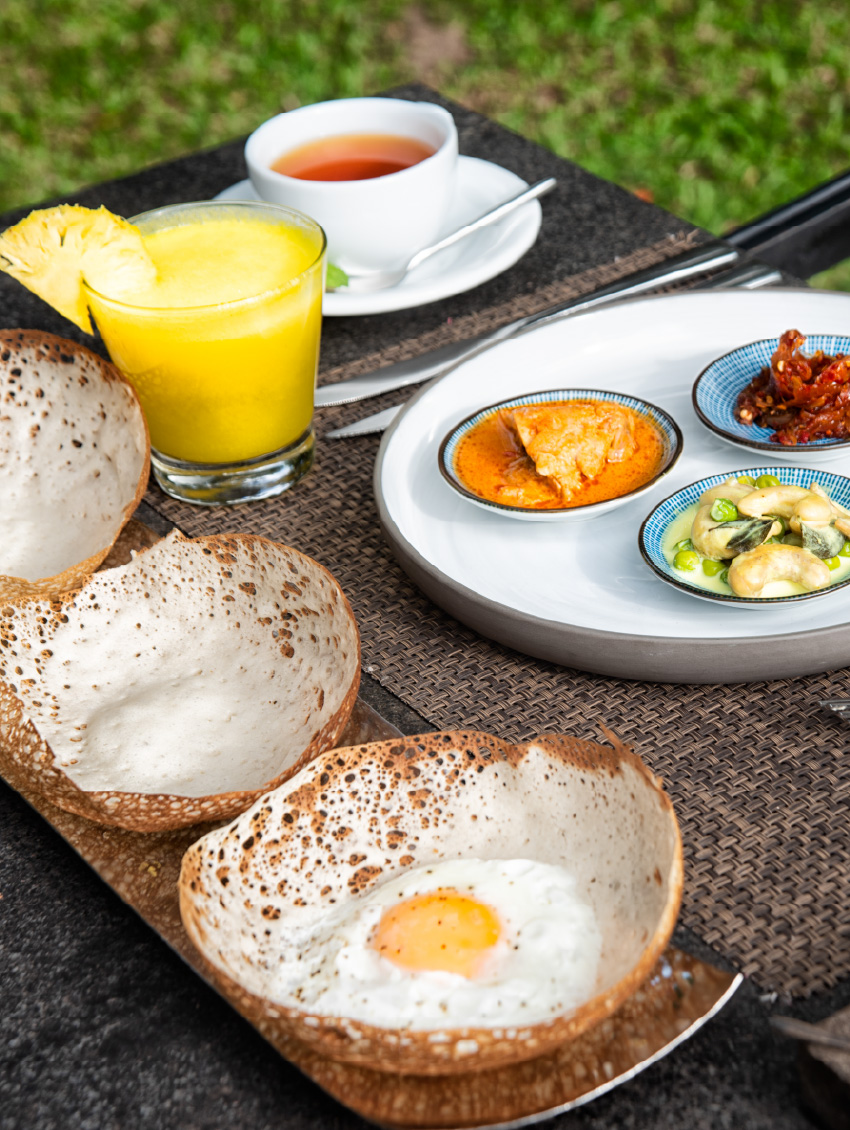
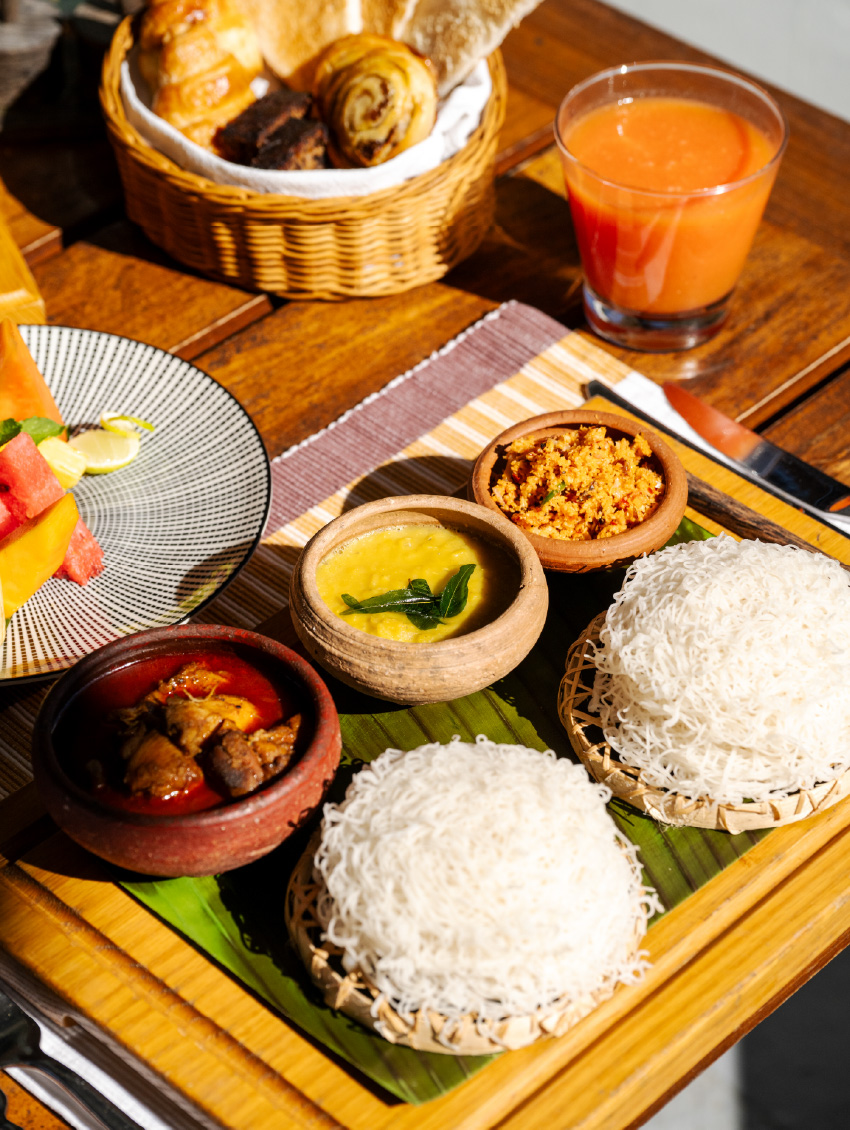
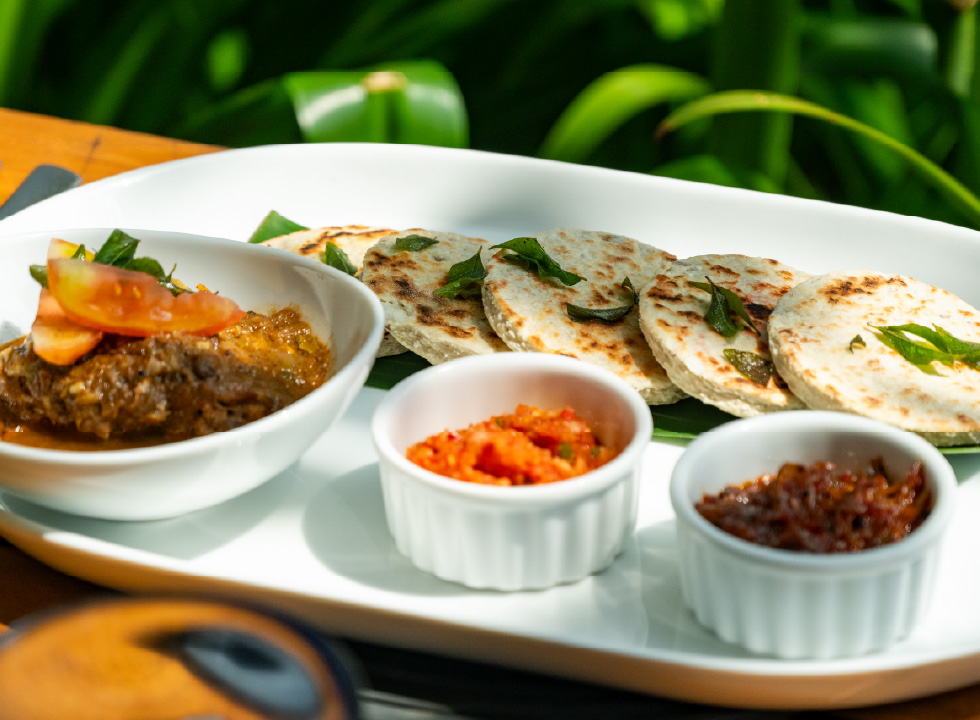
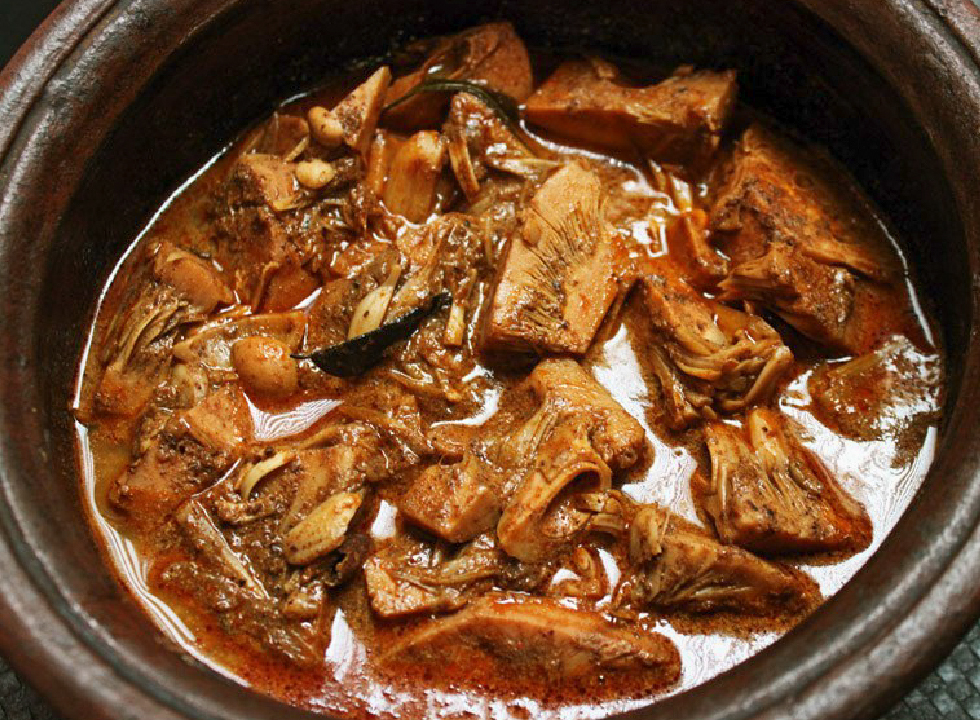
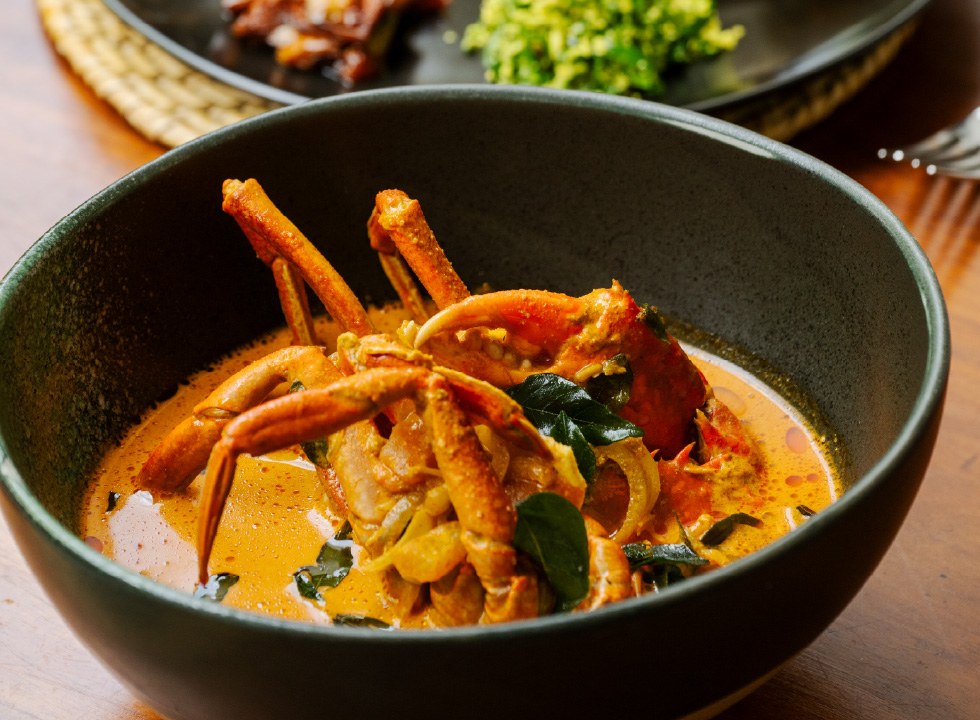
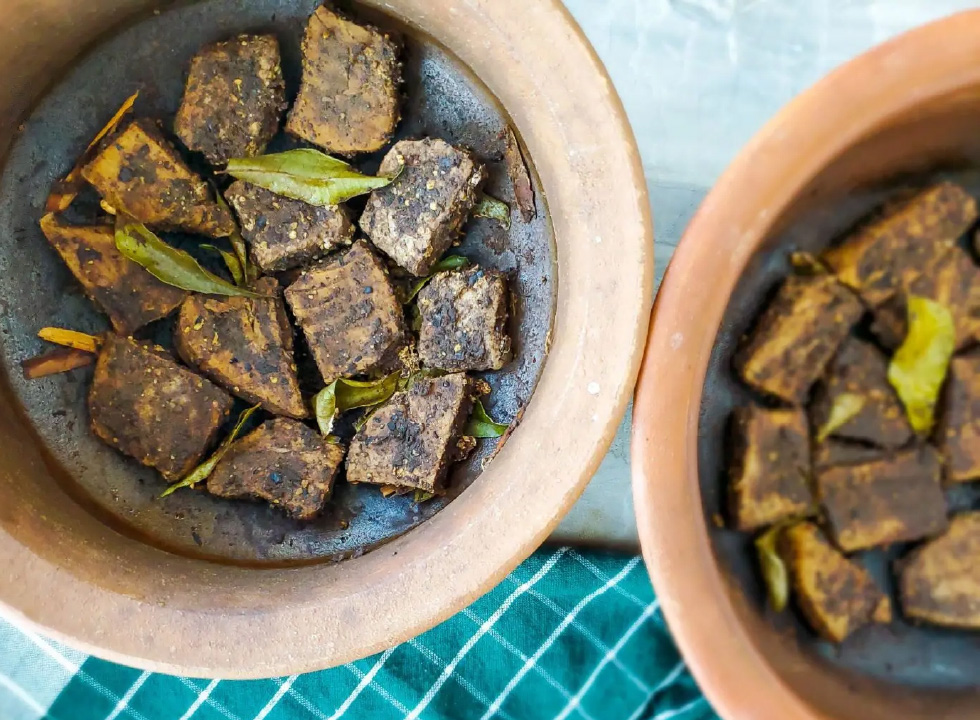
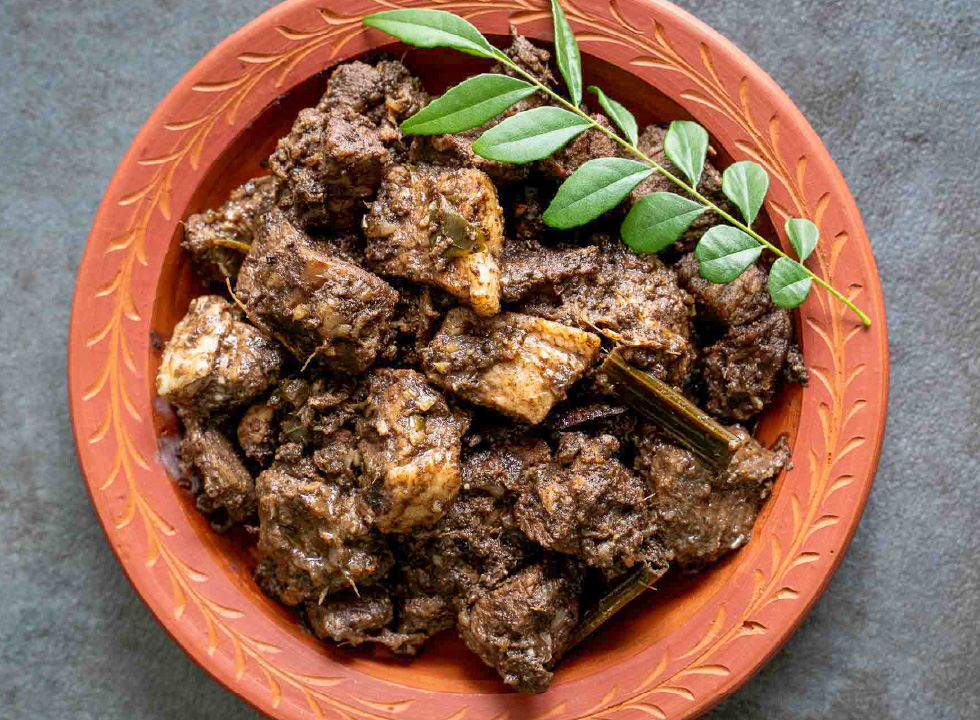
Possibly the most versatile side dishes in Sri Lanka, pol sambol, seeni sambol, lunu miris and dhal adds an extra layer of flavour to your overall meal. A traditional pol sambol can range from mildly spiced to fiery hot, so approach with caution. Seeni sambol is sweet, spicy, and deeply savoury – made by slow-cooking onions with chilli, sugar, and spices until they caramelise.
Lunu miris is a fiery Sri Lankan relish of crushed red chilli, onion, salt, and lime, packing a punch that transforms any meal. And finally, you may have tried a dhal (lentil) curry before, but it’s nothing like a Sri Lankan dhal curry which is mildly spiced and creamy – perfect for anyone who has low spice tolerance. Traditionally enjoyed with string hoppers, hoppers, or bread, these sides add a punch of flavour to any meal.
Sri Lankan drinks are as refreshing and distinctive as the island itself. King coconut water, drunk fresh from bright orange coconuts, is naturally sweet and hydrating – perfect after a day in the tropical sun. Arrack, a traditional spirit distilled from the sap of the coconut flower, is smooth, aromatic, and often enjoyed with soda or ginger beer. Homemade ginger beer, fizzy and fragrant, delivers a warm, spicy kick. Lion Lager, the country’s iconic beer, is crisp and easy drinking. And no visit is complete without sampling Sri Lanka’s world-famous aromatic Ceylon tea or its rich, earthy Ceylon coffee, grown in the island’s highlands.

Come May and June, Sri Lanka’s streets are lined with carts piled high with rambutan, its spiky red skin hiding juicy, translucent flesh that’s both sweet and slightly tart. Nearby, you may find the legendary durian – with its distinctive aroma and creamy, custard-like texture, it’s often called the “king of fruits,” loved passionately by some and avoided by others. Equally prized is the delicate mangosteen, known as the “queen of fruits.” During the warmer months, golden mangoes arrive in many varieties, from honey-sweet to slightly tangy, enjoyed fresh, juiced, or in curries and chutneys. The wood apple, a uniquely Sri Lankan fruit with a rough shell, holds a fragrant pulp often blended into a rich, cooling juice. Then there’s soursop, with its spiky green skin and soft, white flesh, yielding a flavour somewhere between pineapple and strawberry, often whirred into juices or smoothies.
Sri Lanka’s seasonal delights also include festive sweets which are traditionally enjoyed during the Sinhala and Tamil New Year in April. Golden kokis, flower-shaped and crisp, and deep-fried kavum, treacle-filled oil cakes, are staples of every celebratory table. And for Christmas or weddings, there is Love Cake – a dense cake rich with cashews, semolina and honey, embodying centuries of Portuguese influence and Sri Lankan tradition.
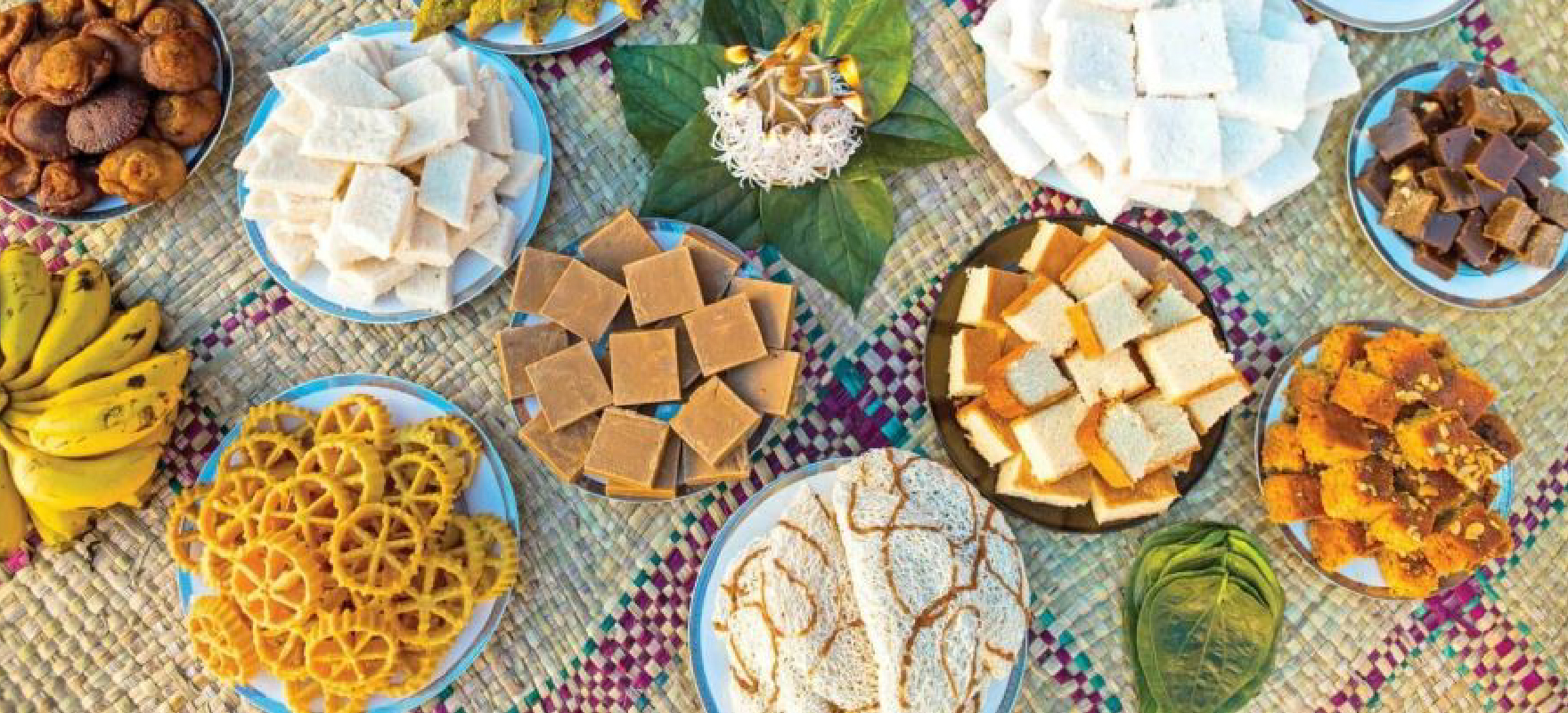
Sri Lankan sweets are a joyful blend of tropical flavours, creamy textures, and old-world recipes passed down through generations. Buffalo curd with kithul treacle is a healthy classic – thick, tangy curd set in clay pots served with the smoky-sweet syrup of the kithul palm. Pol toffee is a rich coconut fudge, chewy and fragrant, as is milk toffee – a smooth, melt-in-your-mouth square, often dotted with cashews. Pol pani pancakes wrap a soft, crepe-like pancake around a filling of grated coconut simmered in palm treacle. Wattalapan, a silky spiced custard made with jaggery, coconut milk, and cardamom, is a beloved festive dessert with Malay roots. Love cake, believed to have been introduced to Sri Lanka by the Portuguese, is a soft, crumbly cake made using cashew nuts and spiced with cinnamon, cardamom, and cloves.